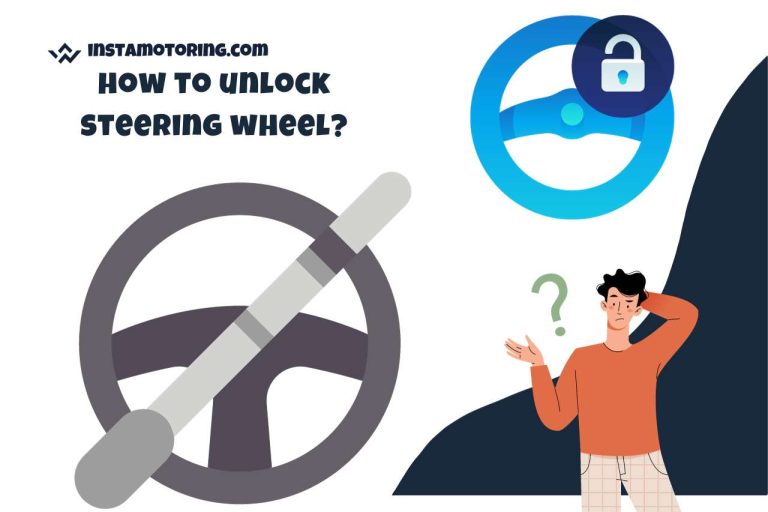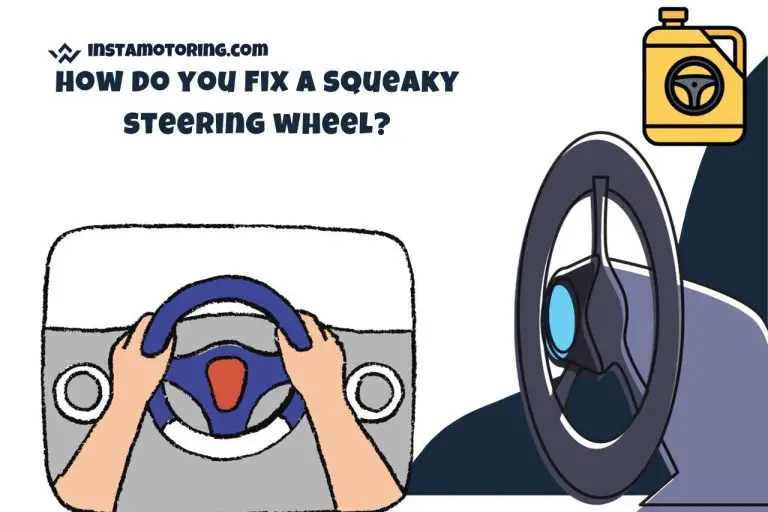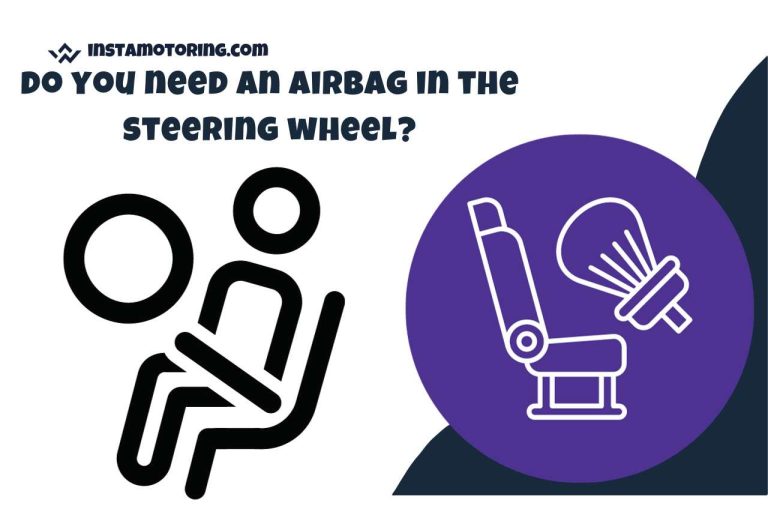Do Steering Wheel Covers Damage the Steering Wheel?
Nowadays, it’s quite a challenge to find a steering wheel without a cover on it. However, some think that these steering wheel covers damage the steering wheel.
Is this just a myth, or is there some truth to it? Let’s explore this topic today!
Do Steering Wheel Covers Damage the Steering Wheel?
Steering wheel covers generally do not damage the steering wheel if chosen correctly and used properly.
Quality covers made of suitable materials can protect the steering wheel from wear, sun damage, and dirt. However, we have seen that low-quality covers cause issues like slipping, excessive wear, or discoloration over time.
It’s essential to select a cover that fits snugly and is made from non-abrasive, high-quality materials to ensure it adds protection without causing harm. In the next chapter, we’ll let you know how to choose the right steering cover for your wheel.
How to choose the right Steering cover for a Wheel?
Choosing the right steering wheel cover involves several key factors; they are,
Correct Size – This is important. Measure your steering wheel’s diameter and grip circumference to ensure the cover fits correctly if not you will end up with handling issues.
Material Quality: Opt for durable, high-quality materials like genuine leather, microfiber, or silicone that provide comfort and longevity. Steering wheels do last long; you don’t want to shorten the lifespan by opting for low-quality material covers.
Grip and Comfort: Select a cover that enhances grip and feels comfortable. Textured surfaces can offer better control.
Ease of Installation: Look for covers that are easy to install and stay securely in place. If it is a Himalayan task, you will have to spend an additional amount of money to install, which is something you don’t want to see happen as installing a steering cover is straightforward work.
Compatibility with Airbags: Ensure the cover doesn’t obstruct any airbag deployment areas. This is important when it comes to the safety side of things.
Aesthetic Appeal: Choose a style and color that matches your interior and personal taste. At the end of the day, it should please your eyes, isn’t it? When blended with the colors of your vehicle’s interior, a steering wheel cover can do wonders!
Maintenance Requirements: Consider how easy the cover is to clean and maintain. In addition, for long drives, breathable materials help reduce sweat and maintain comfort.
Does Type of Steering Wheel Material Matter When Selecting Covers?
Yes, the type of steering wheel material matters when selecting covers. Our experience with steering wheel covers suggests that different materials require specific types of covers for optimal fit, protection, and comfort.
Here are different types of steering wheel materials and the most suitable type of covers for them.
Leather Steering Wheels: These need breathable, soft covers that prevent sweating and slipping. Leather or high-quality synthetic covers work well.
Wooden Steering Wheels: Require covers that provide a good grip without scratching the wood. Soft, padded materials are ideal.
Plastic or Synthetic Steering Wheels: These can accommodate a variety of covers, including silicone or cloth, offering flexibility in texture and style.
If you are dealing with a damaged leather steering wheel, read our article on how to repair it.



My name is James, I work as an Automotive Designer with 9 years of experience. I also work as a mechanic and vehicle inspector. I love deciphering complicated car exteriors and interiors and resolving fluid and oil troubles. InstaMotoring.com is here to help you troubleshoot your car with dependable and expert help.





![Can You Replace a Steering Wheel? [Factors to Consider]](https://www.instamotoring.com/wp-content/uploads/2023/10/why-does-my-mattress-move-away-from-headboard-6-768x512.jpg)

